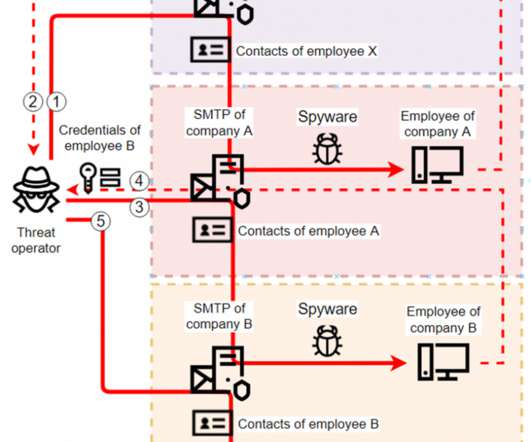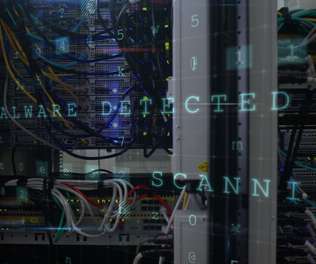IT threat evolution Q1 2022
SecureList
MAY 27, 2022
MoonBounce: the dark side of UEFI firmware. Late last year, we became aware of a UEFI firmware-level compromise through logs from our firmware scanner (integrated into Kaspersky products at the start of 2019). The campaign has two goals: gathering information and stealing cryptocurrency. Targeted attacks.











Let's personalize your content